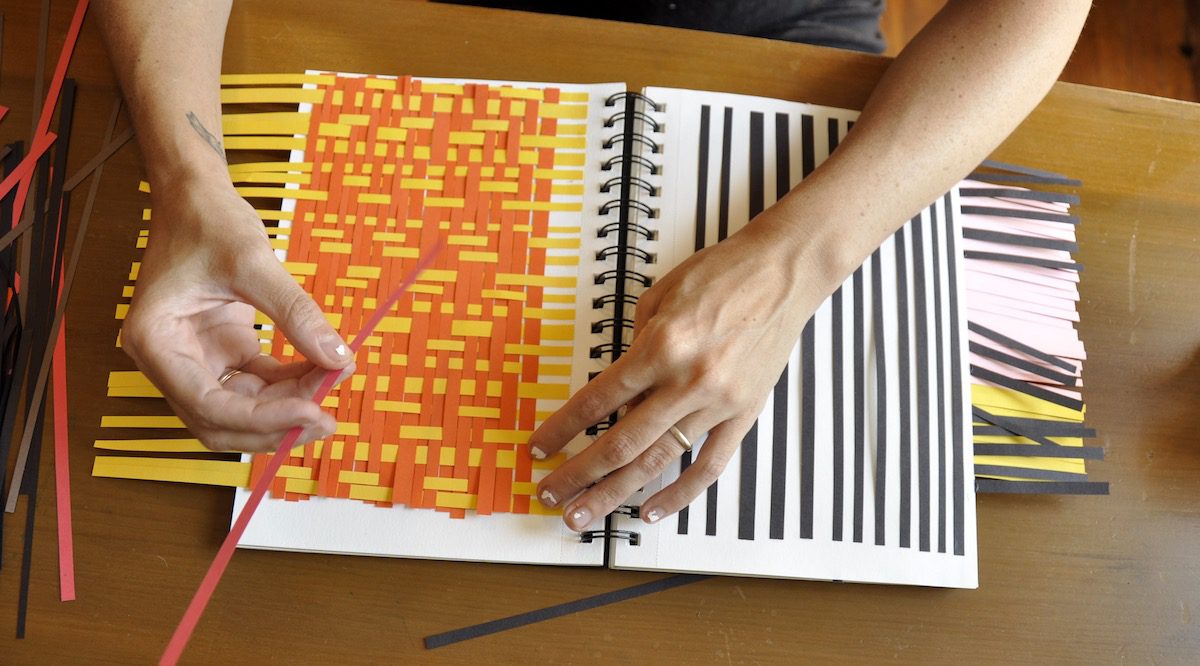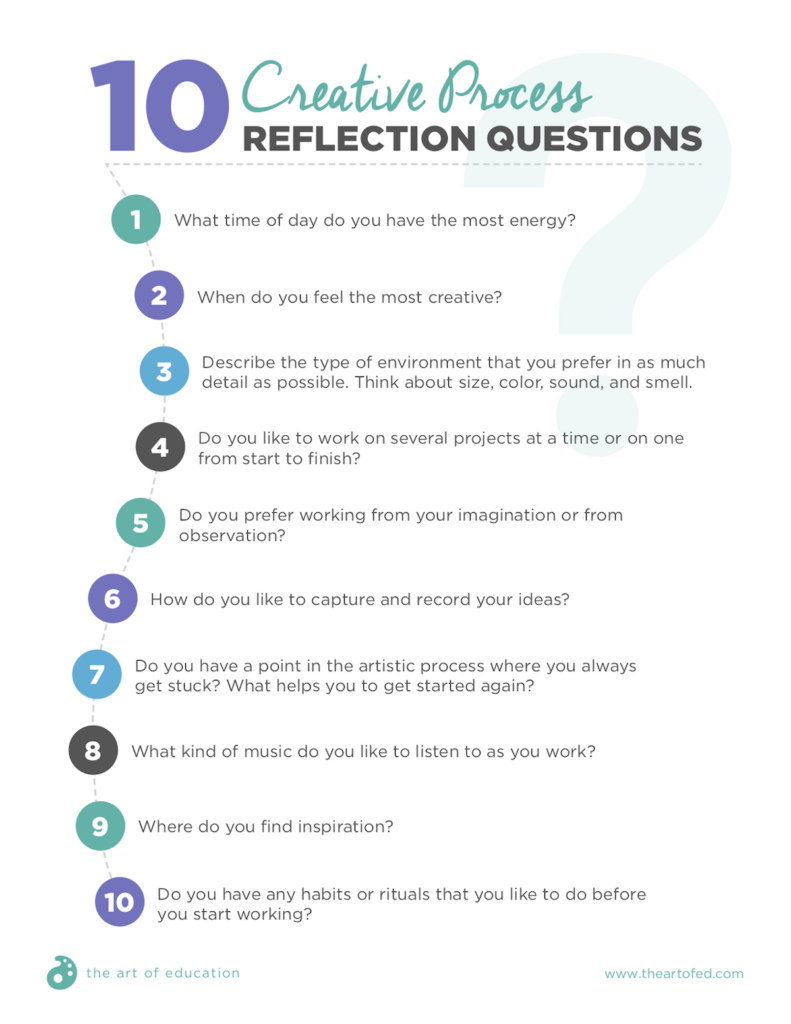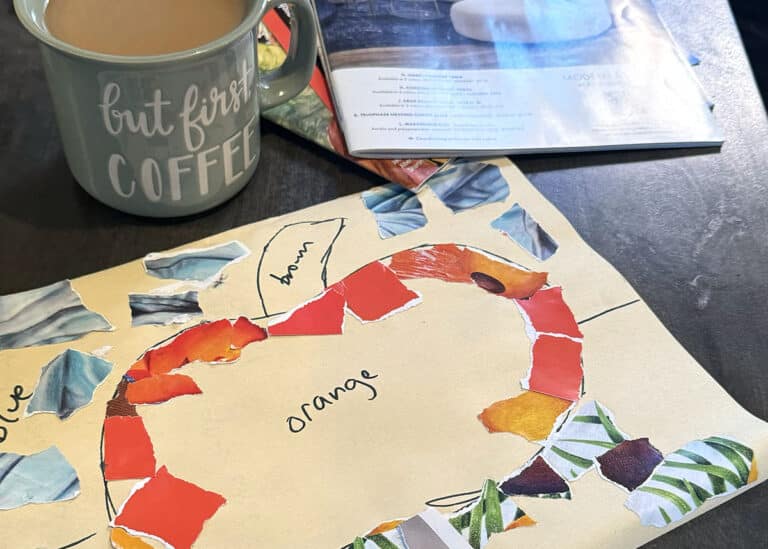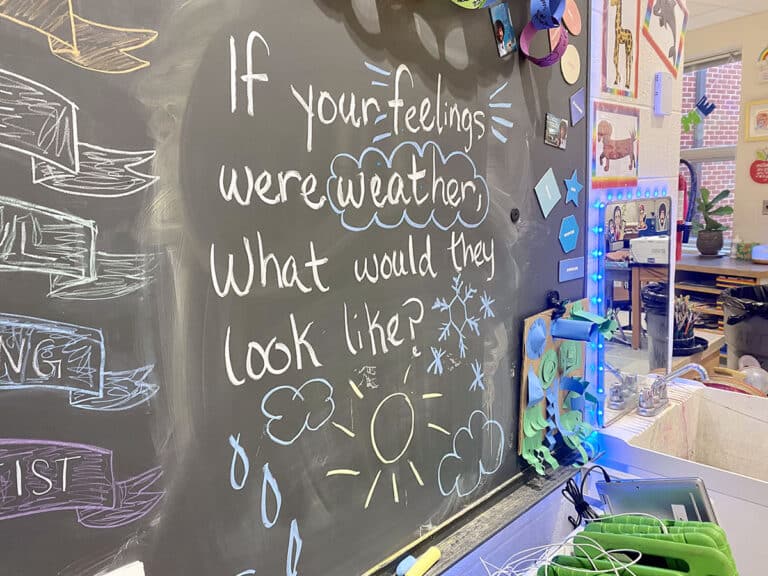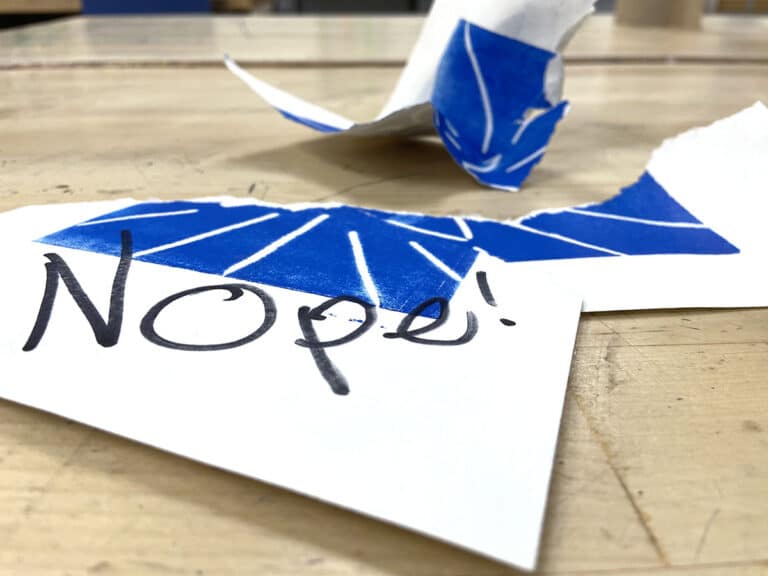Do you know what your ideal creative practice looks like?
While in graduate school studying creativity, one of my assignments was to reflect on my process as a weaver. At the start of the project, I didn’t think I was going to learn much. However, I uncovered more nuances in my process than I had realized were there.
As art educators, we often teach our students about the creative process. They learn to do things like observe, ask questions, gather inspiration, explore, create, reflect, and persist. These are essential skills to practice as they learn to think and behave like artists.
But what if you took it a step further and helped students think about how their personalities connect to their creative processes?
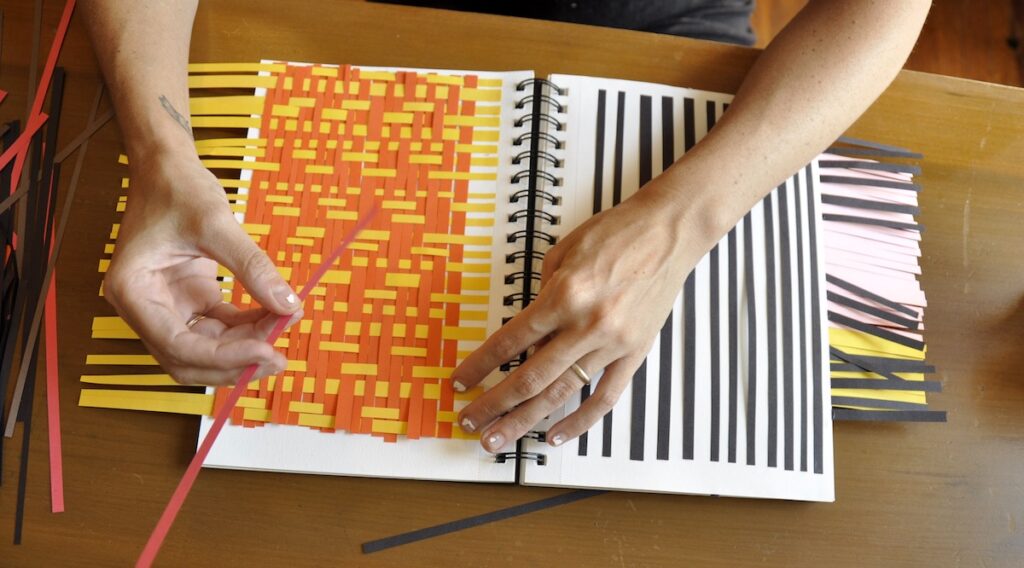
As I was asked to reflect on my process, there were some key factors I observed. I now incorporate those into my process and environment as much as possible. For example, I observed that I thrive on working in small spaces. So, no matter the size of my studio or my classroom, I find creative ways to make my work area feel small. In addition, I learned my ideas thrive on tight constraints. Now, I create strict rules and always limit the supplies available in my studio.
To help your students reflect on their process and preferences, here are 10 questions for them to explore.
- What time of day do you have the most energy?
- When do you feel the most creative?
- Describe the type of environment you prefer in as much detail as possible. Think about size, color, sound, and smell.
- Do you like to work on several projects at a time or on one from start to finish?
- Do you prefer working from your imagination or from observation?
- How do you like to capture and record your ideas?
- Do you have a point in the artistic process where you always get stuck? What helps you to get started again?
- What kind of music do you like to listen to?
- Where do you find inspiration?
- Do you have any habits or rituals you like to do before you start working?
You can download a copy to use with your students below.
As students reflect on their process, they’ll realize some things are easy to control and change, and others are more difficult. For example, there are only so many things you can change about a classroom. And they’ll have little to no control over what time the class meets. But, there may be other things they can change within the constraints of school that will affect their work. And, certainly, they can explore their creative preferences at home.
You can also share how different artists work to help students reflect on their own preferences.
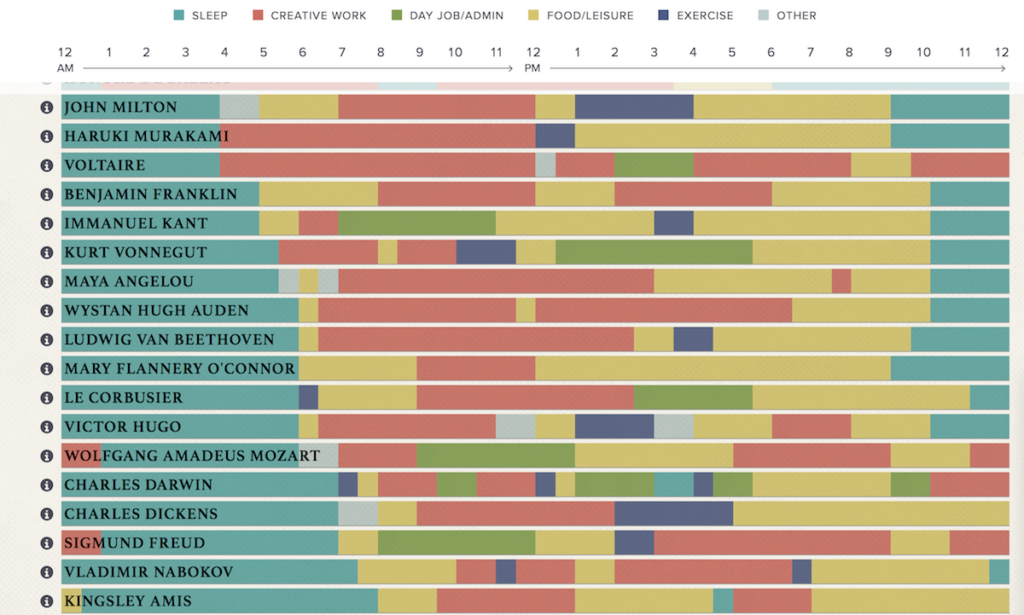
For example, painter, Gerhard Richter follows a strict schedule. Richter’s workspace is extremely organized. Everything has a specific place, down to custom-designed drawers for paint brushes. He wakes up at 6:15 am, makes breakfast and takes his daughter to school by 7:20. He’s in his studio by 8:00. While he doesn’t paint every day, he is sure to be in the studio every day. At 1:00, Richter walks across the garden to his house for lunch, where he has the same lunch every day: yogurt, tomatoes, bread, olive oil, and chamomile tea. After lunch, he heads back to his studio to work until the evening.
Or, look at Japanese painter On Kawara. He creates, “Today Paintings.” He paints the day’s date every day, using 405 coats of the same paint brand. He always makes each letter by hand with white paint.
Now that your students are paying attention to their process, help them make connections.
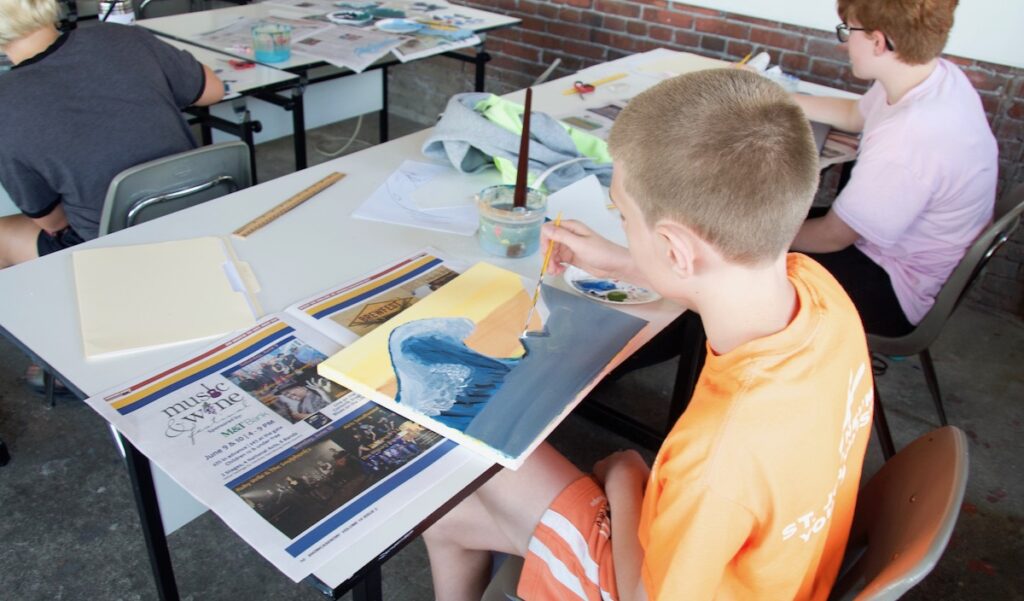
Ask students to think about how their practice connects to what they’re working on in your class. For example, they should try to work in their sketchbook at the time of day when they feel the most creative.
As students reflect on their ideal work environment, they should also think about how they can best create that space at home and school. In my class, some students chose to move to areas of the room where they felt alone. Others worked on idea generation while sitting under the table. Students’ artwork and work ethic changed as they paid close attention to what worked best for them.
For AP students especially, understanding when they develop the best ideas can be a game changer. I share with my students that while in college whenever I felt stuck on a project, I would go and swim until I had an idea.
Finally, have students write down what helps them to generate ideas and solve problems.
This will serve as an action plan when a student feels stuck and frustrated. They will be able to see and remember ideas they want to try that fit their preferences.
Helping students understand and unpack their creative practice will have profound and lasting effects. Understand that this takes time. You’ll want to give students a few weeks to document and reflect before working to unpack their findings. But when they do, it will be worth it.
When do you come up with your most creative ideas?
Describe your ideal creative environment.
Magazine articles and podcasts are opinions of professional education contributors and do not necessarily represent the position of the Art of Education University (AOEU) or its academic offerings. Contributors use terms in the way they are most often talked about in the scope of their educational experiences.
